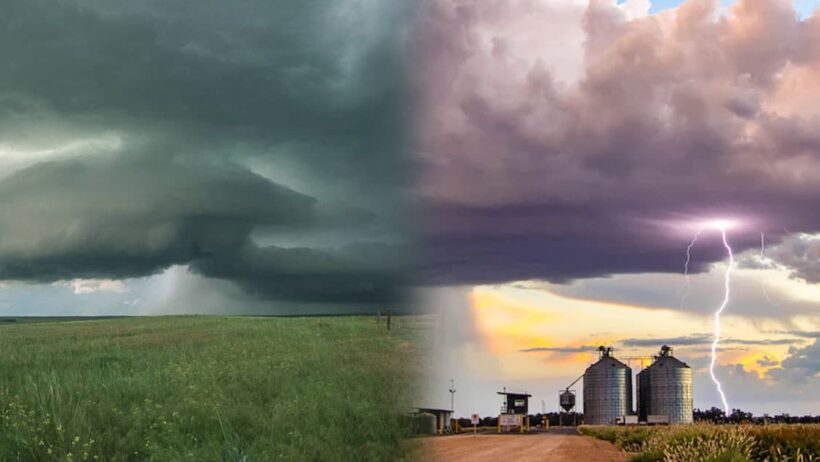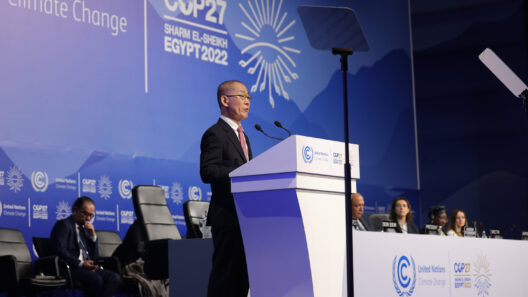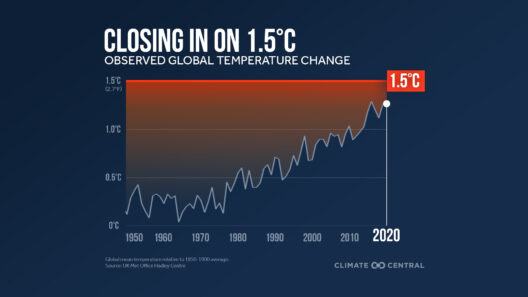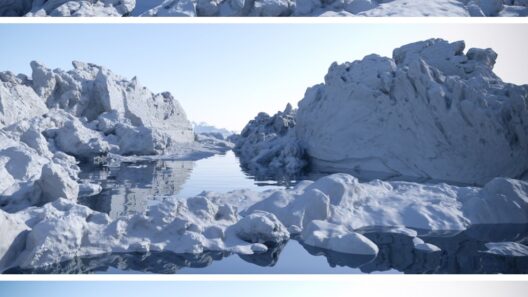Climate acts like the Earth’s intricate tapestry, woven from myriad threads of temperature, humidity, wind, and precipitation. This elaborate fabric of atmospheric conditions engenders the diversity we witness in our environment, influencing ecosystems, weather patterns, and ultimately human life itself. Understanding this complexity is vital for comprehending how humanity’s activities affect the Earth’s balance.
The engines driving climate—a powerful interaction among solar energy, atmospheric dynamics, and ocean currents—create a never-ending ballet of meteorological phenomena. Regions of the Earth do not experience weather uniformly; rather, they are sculpted by both geographical features and the forces of nature. As we delve deeper into the nuances of climate, it becomes evident that these forces coalesce in various biomes, from the arid deserts to lush rainforests, creating a palette of ecological niches.
To comprehend what climate truly means, one must first distinguish it from weather. Weather reflects the short-term state of the atmosphere, changing rapidly with the whims of the winds. In contrast, climate denotes the long-term trends and averages prevailing in a given area over extended periods—usually classified in increments of thirty years or more. This distinction is akin to differentiating a fleeting wisp of fog from the vast ocean that cradles it. As such, one can witness how climate evolves with time, shaped by both natural cycles and anthropogenic influences.
Certainly, the interplay of factors influencing climate is multifaceted. Factors such as latitude, altitude, and geographical features profoundly sculpt climate realms. The sun, our fundamental energy source, illuminates the Earth unevenly, engendering warm and cool belts across the globe. This uneven heating manifests itself in prevailing winds and ocean currents—the bloodstream of our planet—transporting heat and moisture, and altering weather patterns. Imagine these currents as rivers flowing through the Earth’s atmosphere, shaping climates like a sculptor with chisel in hand, each stroke creating distinct geographical features.
Exploring the nuances of major climate zones—tropical, arid, temperate, polar—yields further insight into this planetary enigma. Tropical climates, characterized by consistent warmth and abundant rainfall, serve as the cradle for biodiversity, nurturing verdant jungles teeming with life. Picture luxuriant vines clambering up towering trees amidst the chorus of wildlife; this echoes the rhythm of nature thriving under the sun’s generous embrace.
In stark contrast, arid climates, typified by deserts, present an unforgiving existence where survival demands resilience. These landscapes remind one of an artist’s blank canvas, with fluctuations between extremes, where drought-led desolation contrasts with fleeting floods. Here, life clings tenaciously to existence, flourishing in the most inhospitable environs. Cacti, succulents, and other xerophytes exhibit tales of adaptation—storing precious water, sheltering in shadows, embodying nature’s ingenuity.
As we transcend to temperate climates, life unveils its multifaceted character. In these regions, seasonal cycles portrait diverse ecosystems—mirroring the changing moods of humanity when faced with various life situations. Winters strip the foliage down to bare bones, while summers usher vibrancy and color back into the landscape. Forests of deciduous trees paint the seasons with striking hues, compelling us to marvel at the resilience found in change.
Polar climates, the frigid extremities of our globe, exude an austere beauty. The icy expanse, dominated by glaciers and permafrost, can be likened to nature’s fortress, reigning supreme against the elements. Here, life endeavors to adapt, showcasing a stark minimalism in flora and a resilience unmatched in fauna. Penguins, seals, and polar bears illustrate nature’s endurance, thriving in an environment often deemed inhospitable. Such adaptations serve as a reminder of the delicate balance that climate maintains over life.
But what happens when human intervention disrupts this delicate equilibrium? Climate change is like an artist who, intending to improve a masterpiece, accidentally smudges critical features, obscuring the original vision. The accumulation of greenhouse gases—chiefly carbon dioxide and methane—traps heat within the atmosphere, altering centuries-old climatic patterns. Temperatures rise, ice caps melt, and sea levels inch ever higher. This metamorphosis of climate, akin to a slow-motion catastrophe, is resulting in phenomena like extreme weather: hurricanes intensifying, droughts lengthening, and precipitation patterns becoming increasingly unpredictable.
This crux of the climate crisis elucidates how intertwined human activity is with the Earth’s climatic systems. Land use changes, industrial emissions, deforestation, and fossil fuel combustion contribute to this chaotic symphony of climatic discord. However, the understanding of climate offers a glimmer of hope—knowledge equips humanity to foster change, to reconsider and recalibrate its interaction with the environment.
The pursuit of renewable energy sources—solar, wind, and hydro—holds immense promise for altering the course of climate change. The potential lies within the harnessing of Earth’s natural rhythms as humanity learns to listen attentively to its calling. Embracing sustainability, envisioning a reduced carbon footprint, and restoring ecosystems present opportunities to mend the schism created by previous neglect.
In examining climate, it becomes evident that it encapsulates more than just meteorological principals; it embodies the interconnectedness of existence. Each region on Earth bears its essence, narrating a story as old as time. As the world grapples with climate change, the invitation remains—to recognize the dance of life that thrives under the vast arch of the sky, and to join in concert with nature’s symphony, nurturing the world for future generations.








